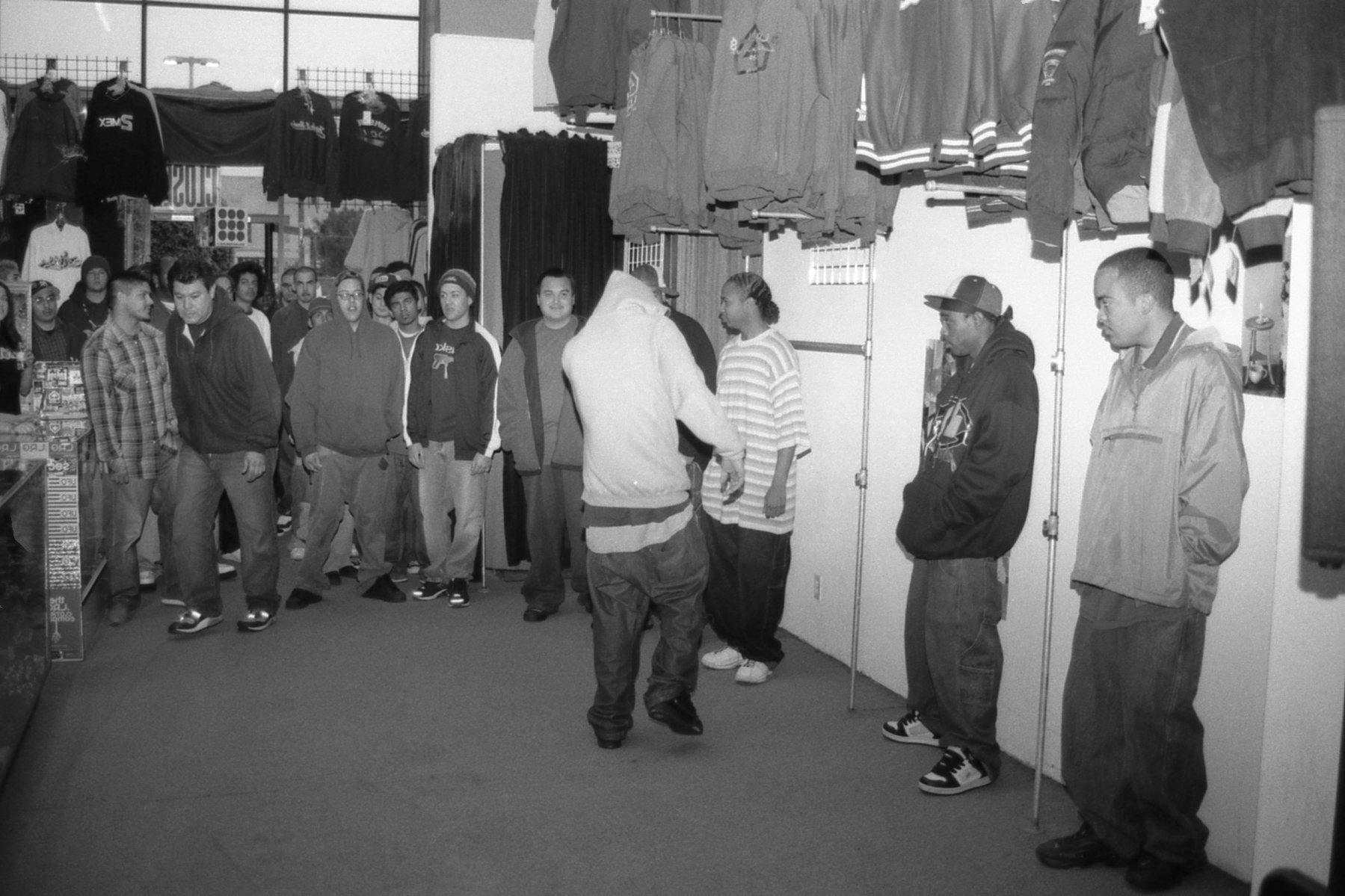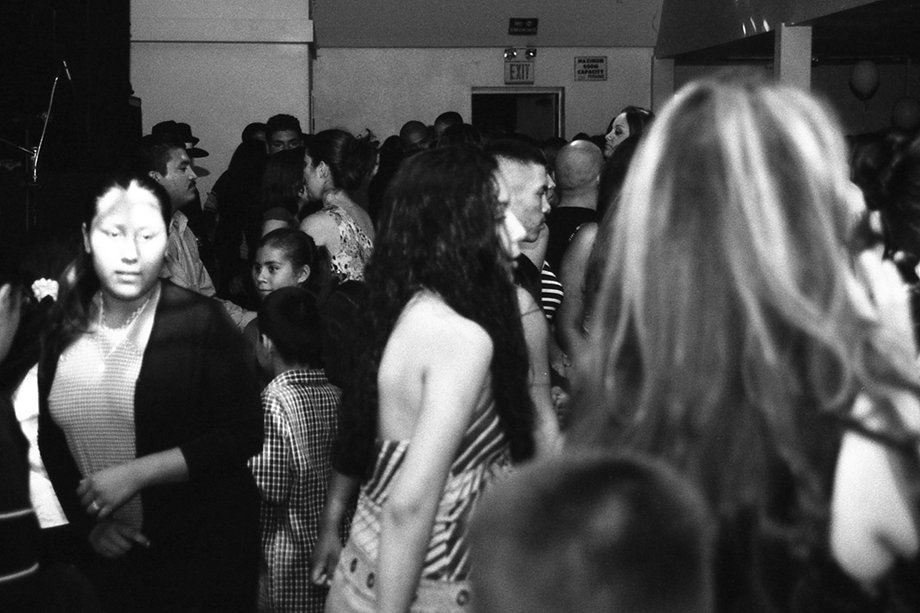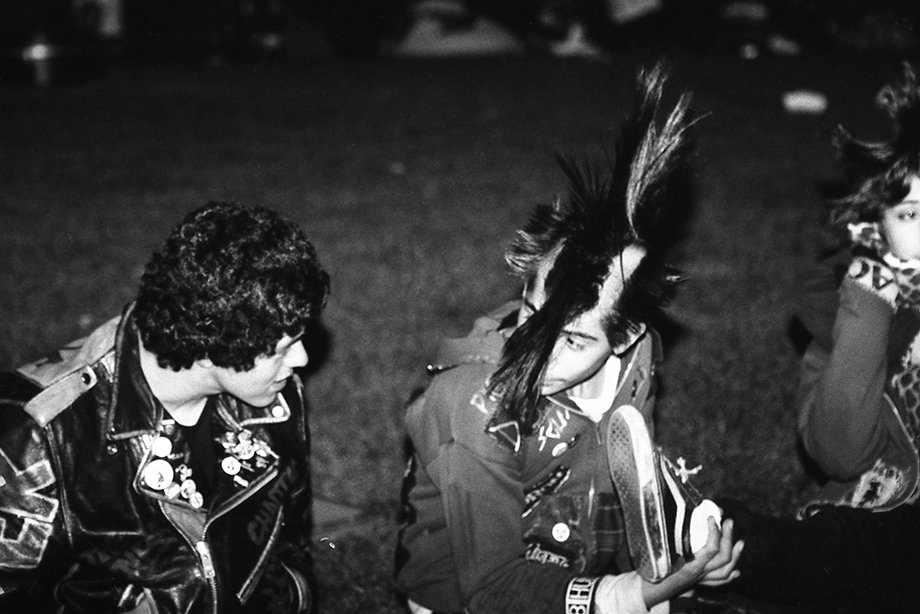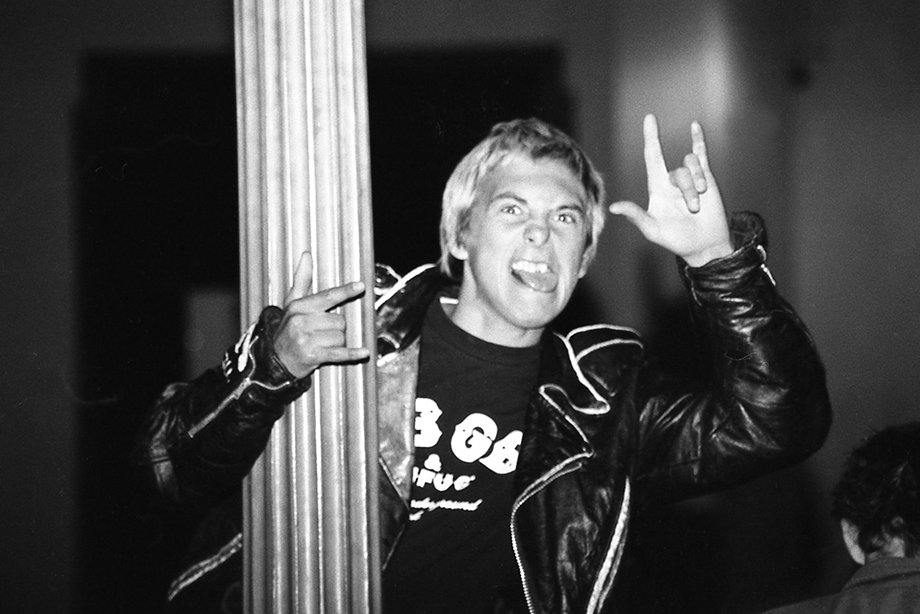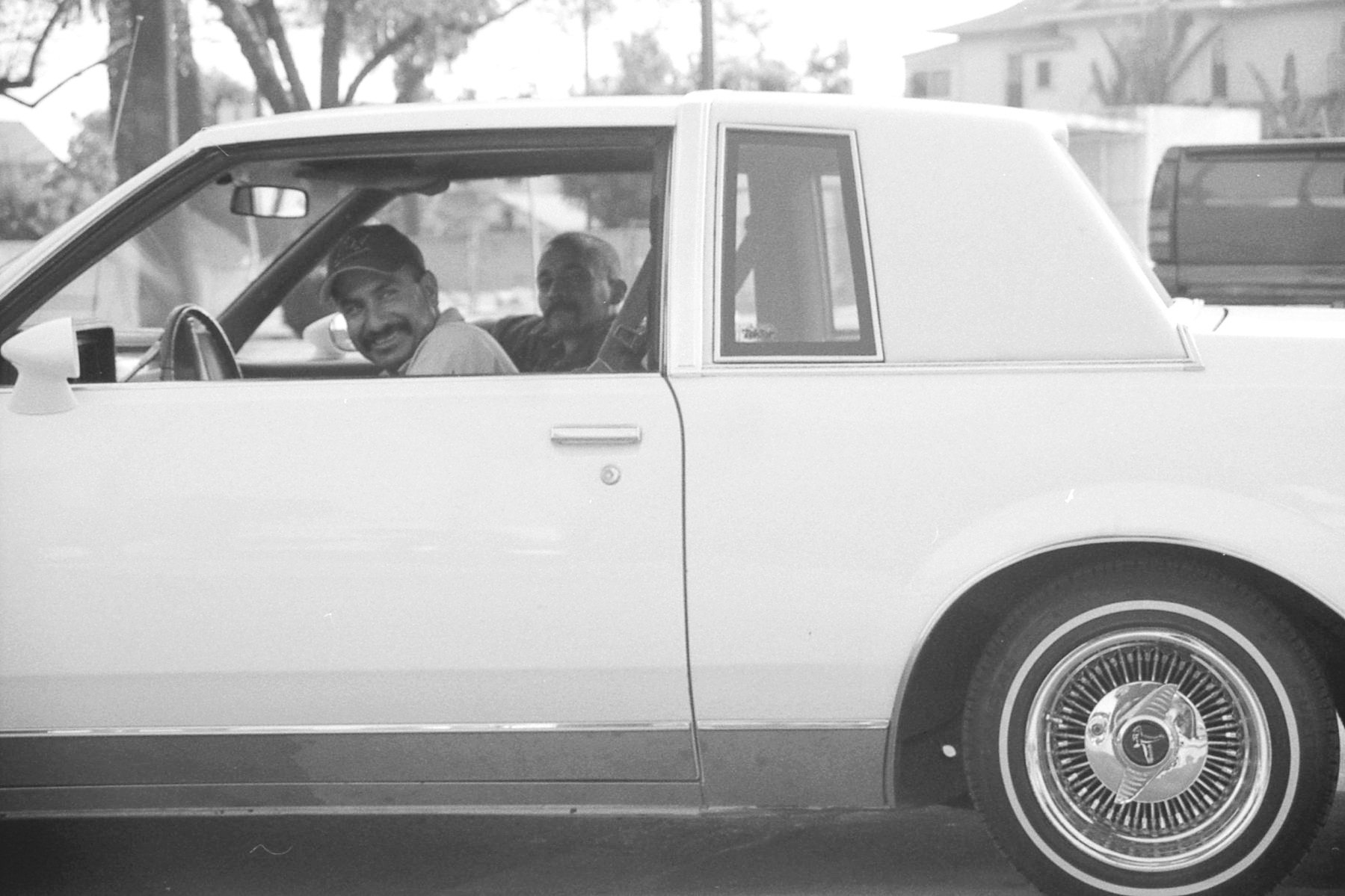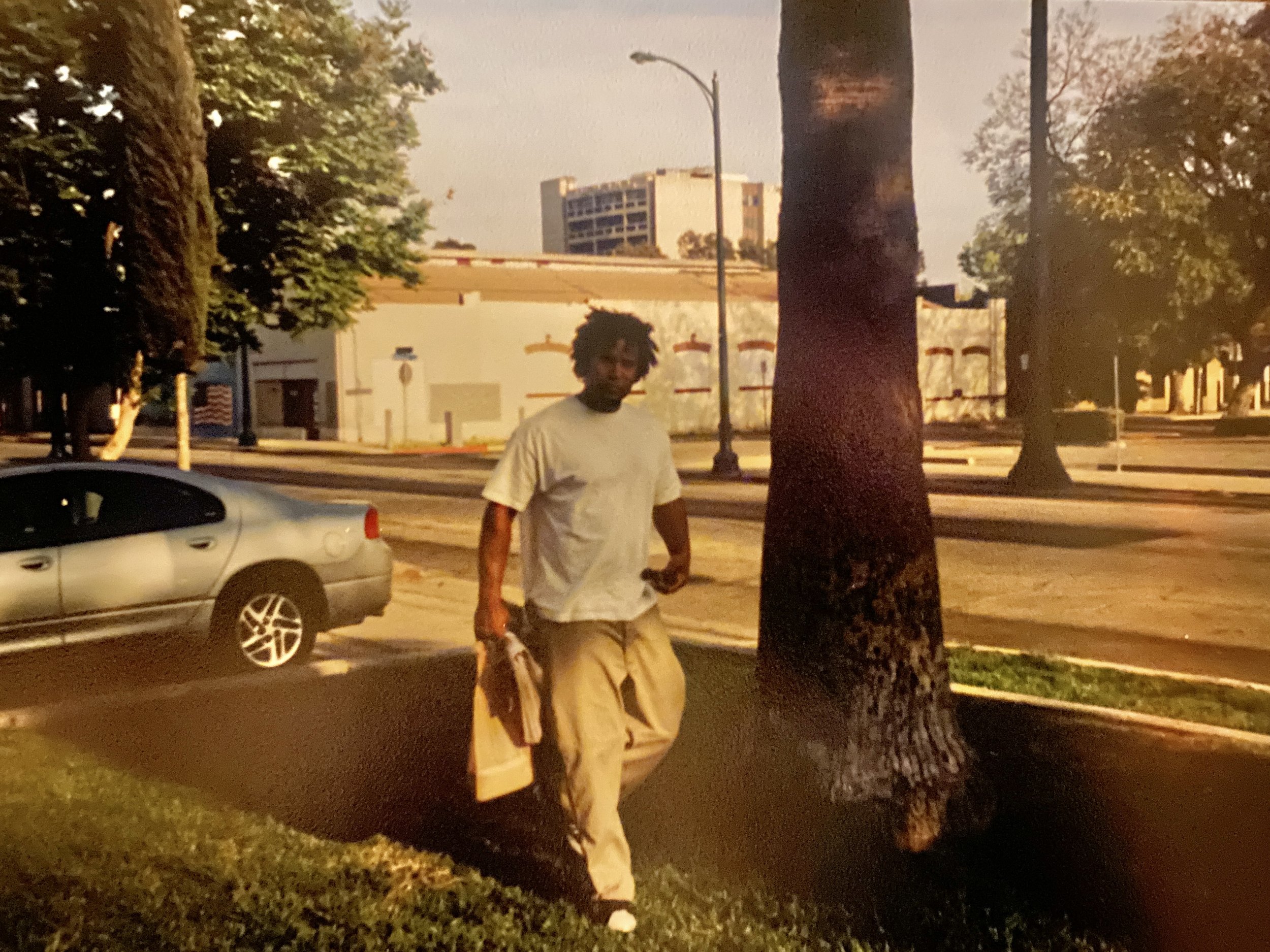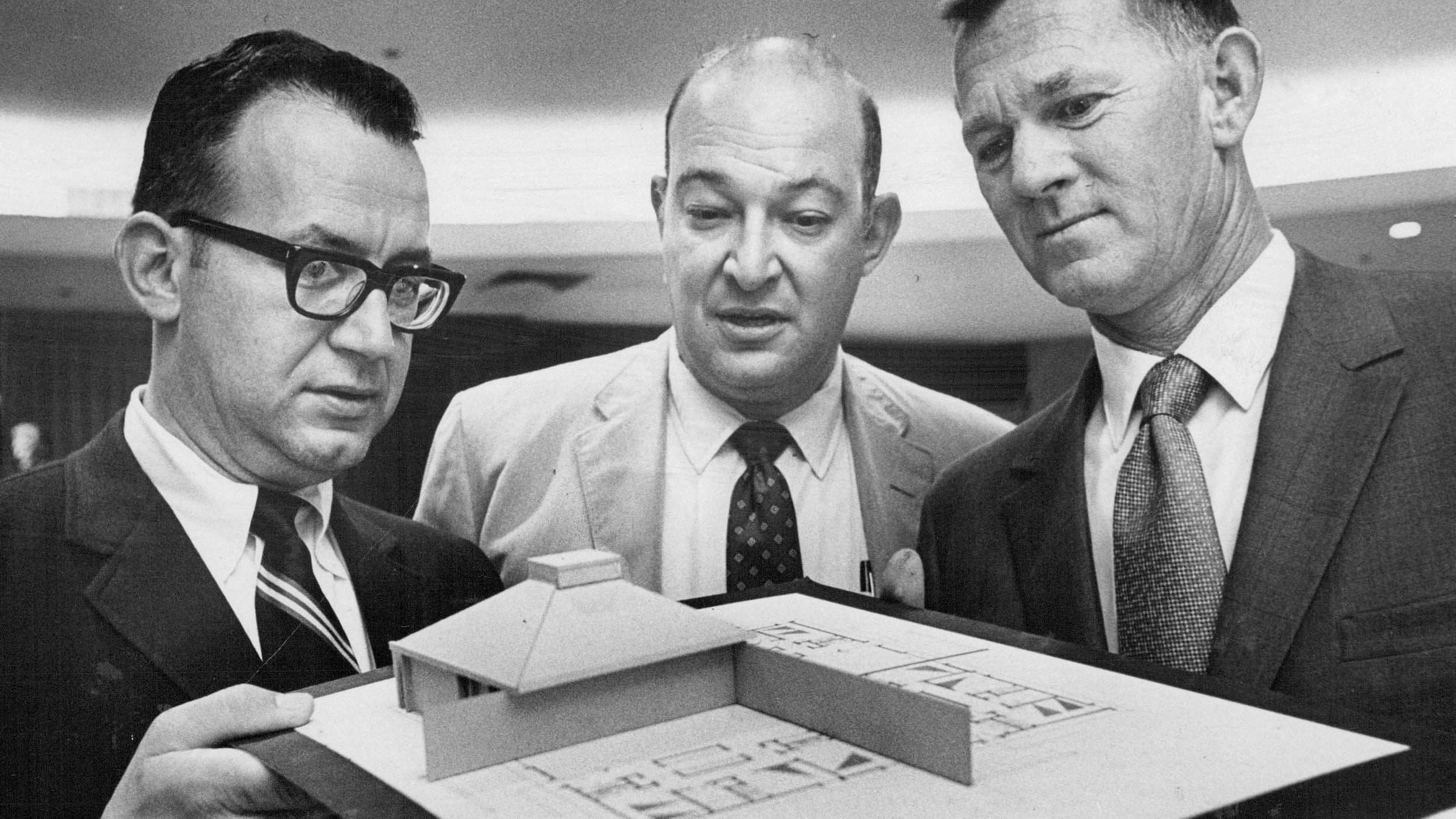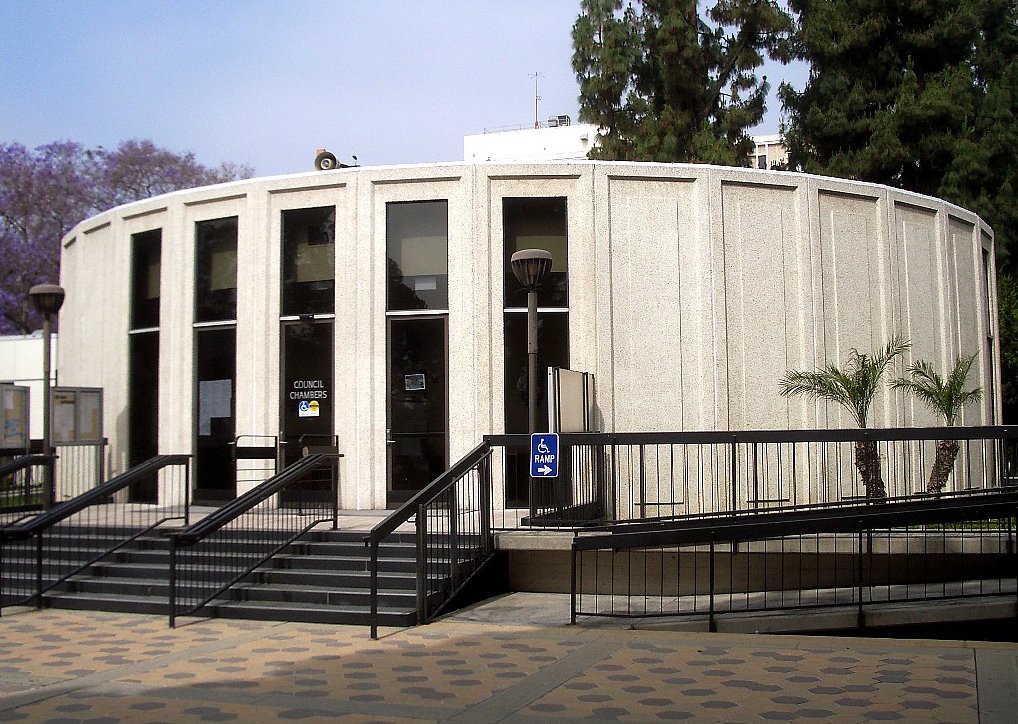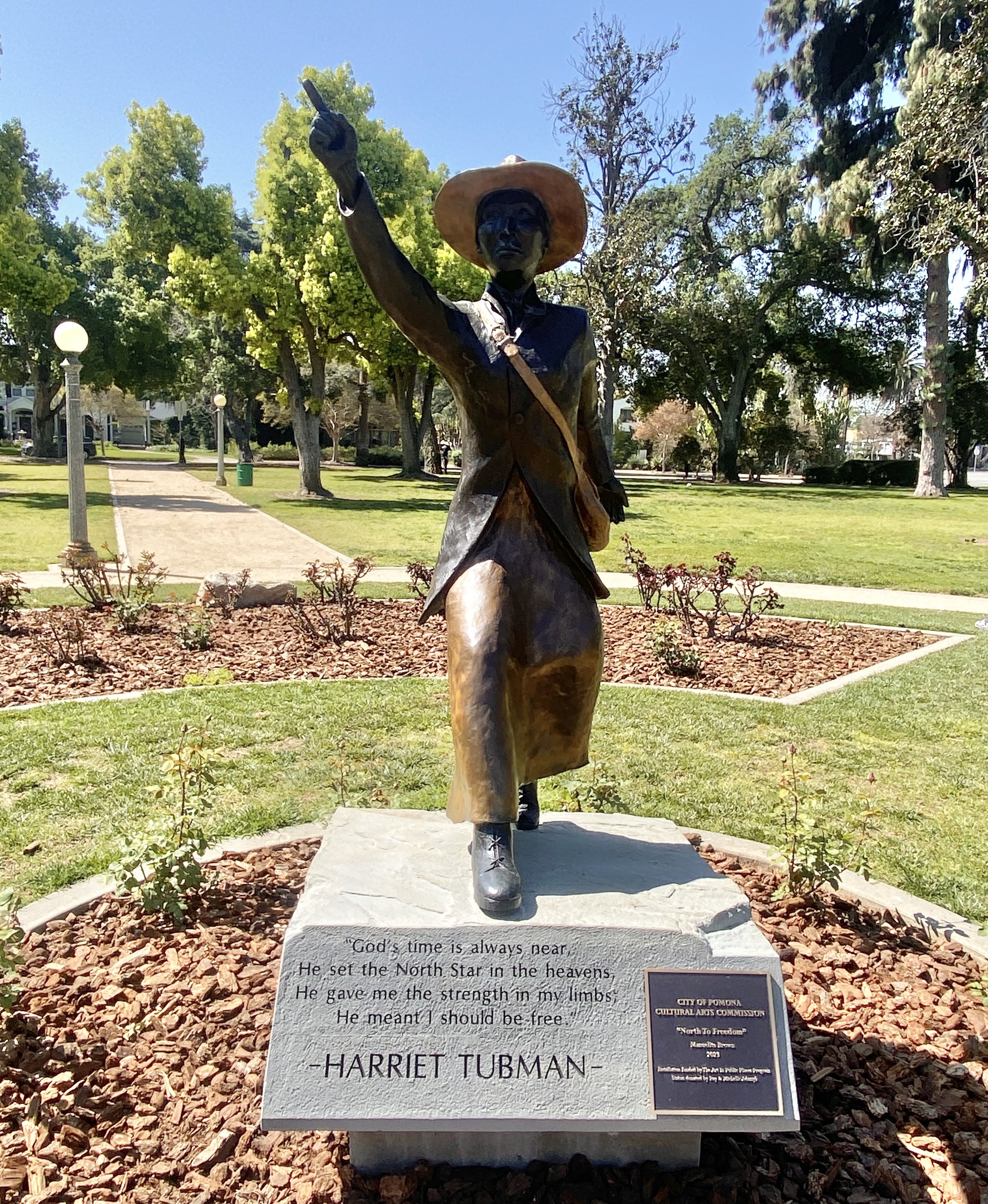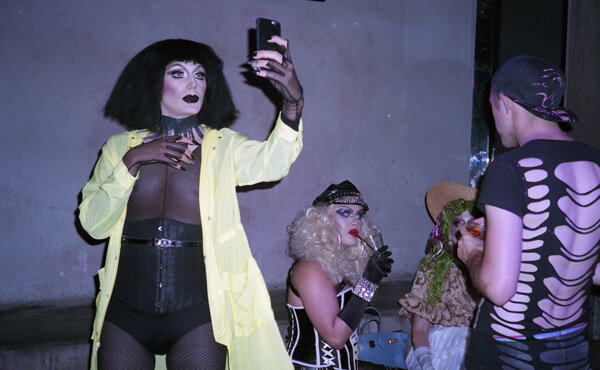What Would Pomona Be Without Cronyism? A Better City, Probably
Ah, the cost of political integrity in Pomona. Just $400, give or take a technicality. In the grand bazaar of campaign finance violations, it was reported that our very own City Council woman, Elizabeth Ontiveros Cole has been fined yet again by the California Fair Political Practices Commission (FPPC). And let’s be honest, if campaign violations were a sport, Pomona officials would be perennial champions, because they usually go unchecked and are not held accountable, unless, of course, it’s by La Nueva Voz, the small, biased paper that proudly calls itself “Pomona’s Only Local Newspaper,” yet refuses to play fair.
For those keeping score at home, which we know rarely happens in Pomona, Cole’s latest fine landed her on an exclusive “short list” of Los Angeles County public officials with FPPC violations. That’s right, out of the entire county, she managed to make the cut. An achievement worthy of a plaque or at least a participation trophy.
But let's get into the allegations. The FPPC dinged Councilwoman Cole for failing to disclose campaign contributions in a timely manner. Basically, she took money but forgot to tell the public about it until after it mattered. But don’t worry, it was all just a tiny misunderstanding. You know, the kind that regularly happens when people in power are caught being less than forthcoming.
Even better, there was an investigation into whether she accepted money from a business with a financial interest in something she voted on. What the rest of us would call a “conflict of interest” and what elected officials and their gatekeepers in Pomona just call Tuesday. But in a shocking turn of events, the FPPC concluded that there wasn’t enough evidence to pursue further action. It’s the political equivalent of saying, “We know you did something sketch, but we can’t quite prove it, so… carry on.”
Now, in a city with a rich history of the usual “coincidental” decision making that just happens to favor well connected donors, Cole is in good company. Cronyism in Pomona is less of a scandal and more of a municipal tradition. Without it, what would we have left? Honest governance? Public accountability? A city council that works for its residents instead of its benefactor? How boring.
But let’s entertain a radical idea for a moment, and yes it’s understood, many Pomonans don’t like anything radical, although their Jesus was a radical. Anyway, what would Pomona be without cronyism? Well, for starters, public projects might actually serve the public instead of well connected developers, even the local ones that make attempts at pushing statutes through committees and commissions. The city’s budget might prioritize the needs of residents instead of padding the pockets of those with the right political connections. Imagine a Pomona where small businesses get the same opportunities as the ones owned by campaign donors and beyond. Where votes on city contracts and zoning laws aren’t quietly influenced by backdoor deals.
A Pomona without cronyism might have a city council that actually debates policies based on what’s best for the community, rather than what’s best for their next campaign fundraiser. Maybe residents would feel like they had a real say in local government, instead of watching from mid court as the usual political regulars cut deals behind closed doors. Maybe, just maybe, people would trust their local government.
But let’s be fair, why should Cole be singled out when she’s simply playing the game the way it’s always been played? If anything, Pomona should start awarding trophies for this stuff. “Most Creative Use of Loopholes,” “Best Performance in a Conflict of Interest Investigation,” or my personal favorite, “Excellence in Pretending Not to Know.”
Of course, if we did decide to flip the script, let’s try a revolutionary concept. How about we stop electing people who treat campaign finance laws like optional side quests? What if, and hear me out, we demanded transparency from the officials who claim to serve us? I know, I know, it’s a radical idea. But hey, if Cole can make the FPPC’s “short list,” maybe Pomona voters can make a “short list” of politicians who actually deserve their support.
Crazy thought, right?
Lastly, while La Nueva Voz has gone to impressive lengths to detail every check, contributor, and technical filing misstep tied to Ontiveros-Cole, it’s worth asking: where is this energy when others in City Hall face questions of accountability? Selective scrutiny isn’t journalism, it’s just an obvious attempt to play watchdog while wagging the tail for their favorites.
Julian Lucas, is a photographer, a purveyor of books, and writer, but mostly a photographer. Don’t ever ask him to take photos of weddings or quinceaneras, because he will charge you a ton of money.
























